Is Huakui Coffee good? the difference in taste and taste of coffee beans between Huakui and Rosa varieties
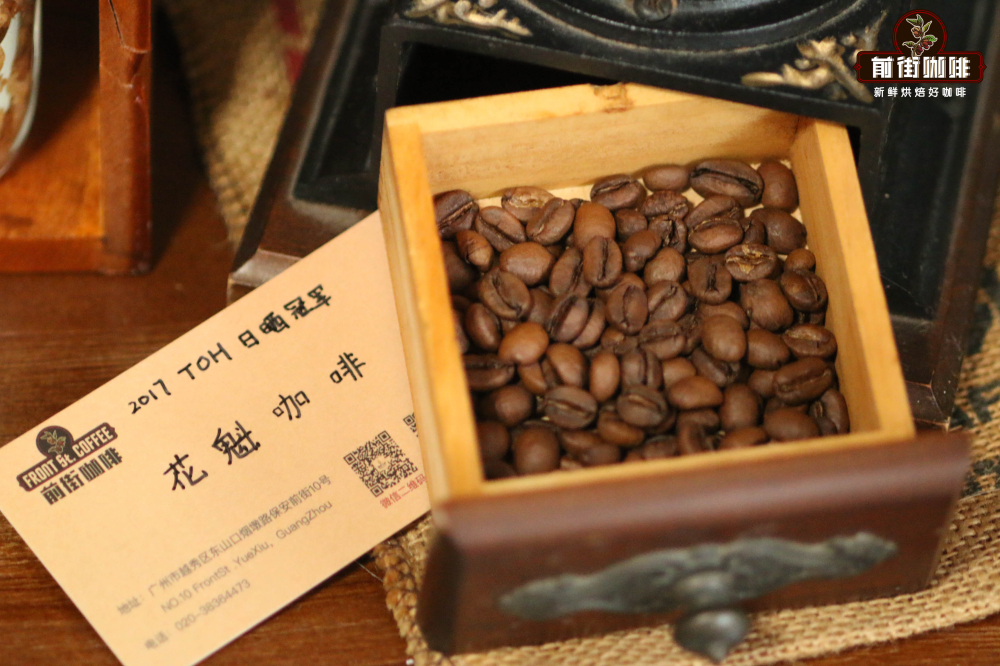
Sakuran's full name in English: Ethiopia Guji Hambela Buku Abel, literally translated as Hambella. Hongshun International, a Chinese raw bean trader, introduced it to China and named it Sakuran in order to compete with the rosy summer of the jade estate in Panama. The light roasted Huakui coffee beans show an elegant pink fragrance when flushed by hand, and the entrance is obviously juicy like peach, passion fruit and mango, sour and sweet, which is the first choice for many flower-scented sour coffee lovers.
Huakui Coffee comes from Ethiopia
Humbera is located at the junction of the Sidamo and Guji producing areas in Ethiopia, under the management of the Guji producing area, adjacent to the Cochelle Mountains in Yegashefi, with an elevation of 3200 meters above sea level, making it the highest sub-area in Ethiopia. Sidamo, located in the fertile plateau south of Lake Awasa in the Great Rift Valley of East Africa, Rain Water is abundant, suitable climate, up to 1500-2200 meters above sea level, is the perfect place for coffee cultivation. Due to the high altitude and moderate shade planting, the coffee fruit can ripen slowly at cool temperatures and accumulate more nutrients into flavor substances.
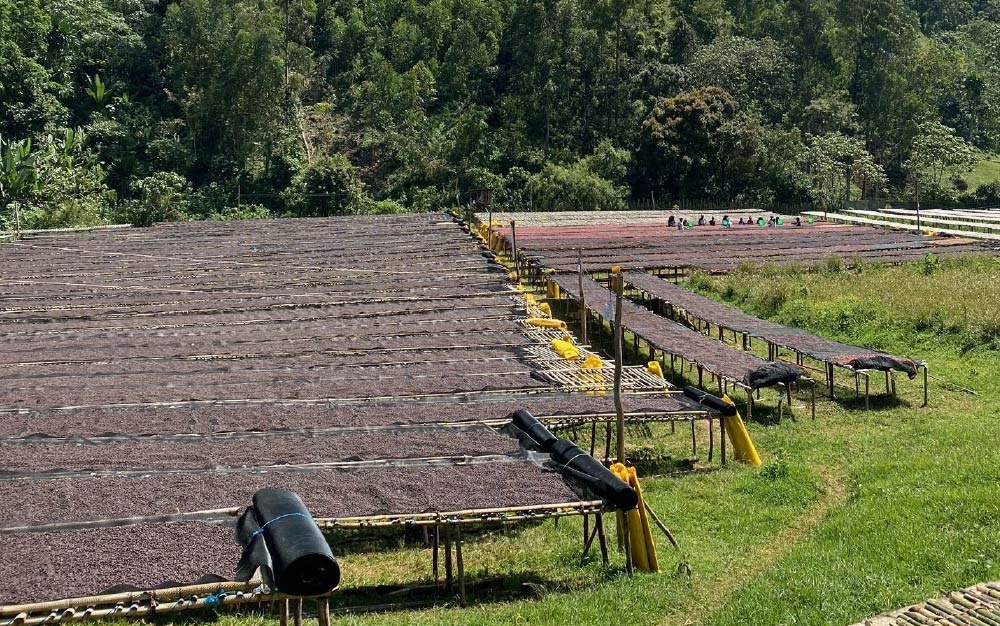
Sakuran Coffee began to appear in 2017 when DW selected it as the TOH (Ethiopia National Taste of Harvest competition) of the year and won the championship. Huakui is called Hambella in English, that is, the place name of Hambela. Huakui Coffee is a sun-dried coffee bean from the Buku Abel processing plant in Gucci. Buku Abel, the buku processing plant, will buy coffee cherries in different areas near the farm for processing and sale.
Characteristics of sun treatment
During the annual coffee harvest season (December-January), Buku processing plants organize farmers to pick all-red coffee cherries with a sugar content of more than 30 and put the selected coffee fruits on African scaffolding to dry. As the local temperature difference between day and night is very large, farmers will cover the sun at noon to avoid too high temperature and overferment, and at night they will be wrapped in plastic sheeting to prevent sudden showers. Turn continuously throughout the day to make the fruit evenly dry while preventing the fruit from sunburn or unpleasant fermentation flavor. After about 18 days of sun treatment, the shell of raw coffee beans can be removed by machine with a moisture content of only 13%.
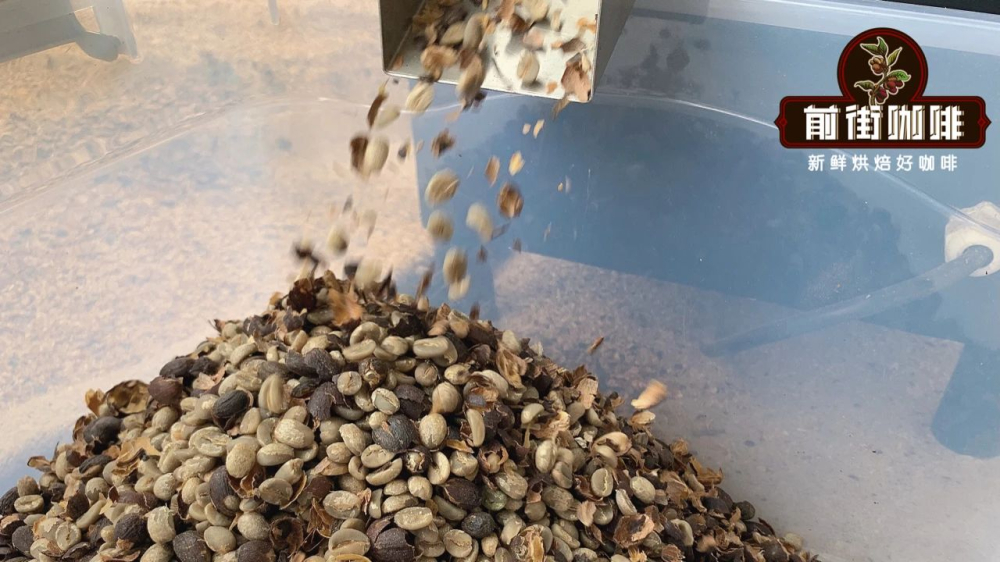
Sunburn is the oldest traditional treatment in Ethiopia, and this natural drying method is still used in most parts of Sidamo to treat raw beans. The classic Sidamo flavor is the sun-treated coffee, which is famous for its mellow and full-bodied coffee, with complex sweetness, sticky and smooth taste, rich layers of spices, flowers and fruit aromas, accompanied by bright sweet. Compared with water washing, the fermentation time of sun treatment was longer, and the reaction degree between bacteria and pulp was higher. When the fruit begins to ferment, microorganisms produce more volatile compounds, especially esters. Although most sugars are destroyed during baking, these compounds are converted into another form of aromatic compounds during caramelization, providing more floral and tropical fruit fermented aromas for ripe coffee beans, making sun-cured coffee have a wider taste range and taste sweeter.
What's the difference between Sakuran and Rosa coffee?
Rose is a coffee variety from the Cafa Forest of Mount Rosa in Ethiopia. In 1931, an Englishman collected coffee beans in the mountains of Southwest Ethiopia and exported them to Kenya in 1932. It was introduced to Uganda and Tanzania in 1936 and Costa Rica in 1953, while Panama was introduced from CATIE in Costa Rica by Mr. Francesca Serraxin of Dongba Seven Farm Garden in the 1970s.
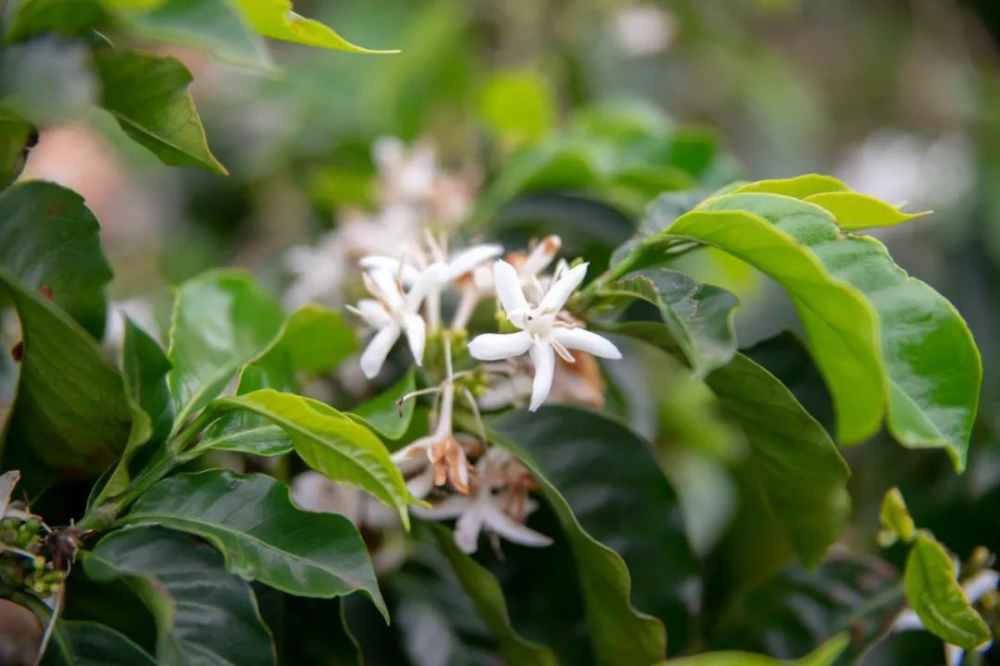
Compared with other varieties, the biggest characteristic of Rosa coffee variety is that its yield is very low, and its shape is characterized by long branch nodes, long distance between nodes, less flowering and less fruit. Rosa coffee beans are slender in shape, with pointed beans at both ends and fat and plump in the middle. Rose summer varieties are very "picky" about the growing environment, and they are required to be planted in areas with high altitude, cloud shade or a large number of shade trees and fertile soil in order to have rich and charming flower fragrance, delicate and elegant fruit acid and tea-like sweet taste. If you taste Rosa Coffee for the first time, Qianjie suggests getting to know each other from Panama, where Rosa became famous. Panamanian coffee estates have more planting experience in rose summer varieties, and the unique rose summer flavor is also more representative.
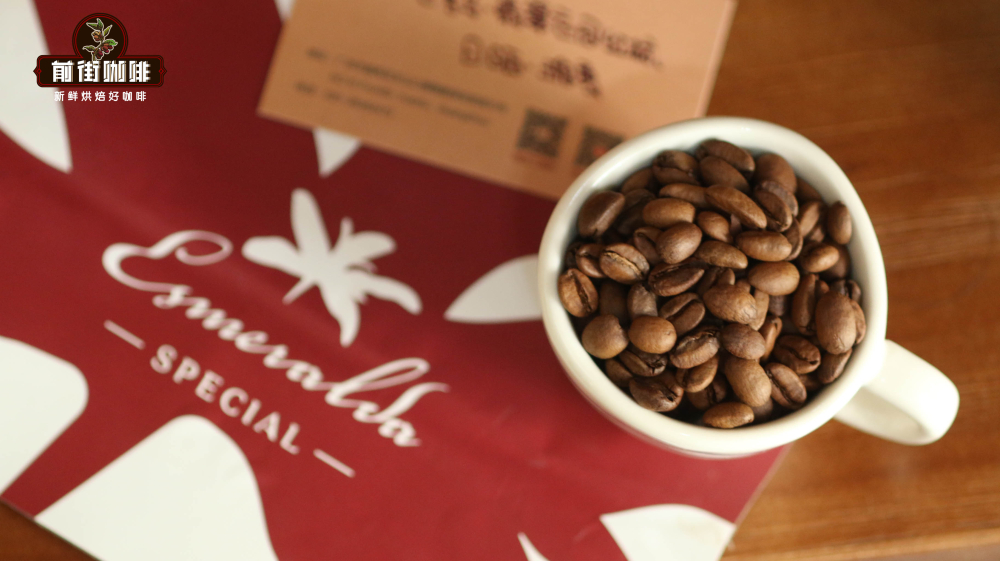
On the other hand, the variety of Huakui belongs to the native species of Ethiopia and is also the original species of Heirloon. It can be seen that beans are not uniform in size and shape, because they may be mixed with many varieties, but they are not distinguished separately. This is because Ethiopia, the genetic treasure house of coffee beans, has so many varieties that it is difficult to classify them firmly, and the local government has chosen not to disclose the information of these varieties in order to protect them, so it is collectively called the original species.
As we all know, coffee is a kind of crop, and its flavor is not only affected by varieties, but also affected more or less by local factors, post-treatment, roasting and brewing. What's more, the two different varieties of coffee beans, Huakui and Rosa, are sure to be different in flavor.
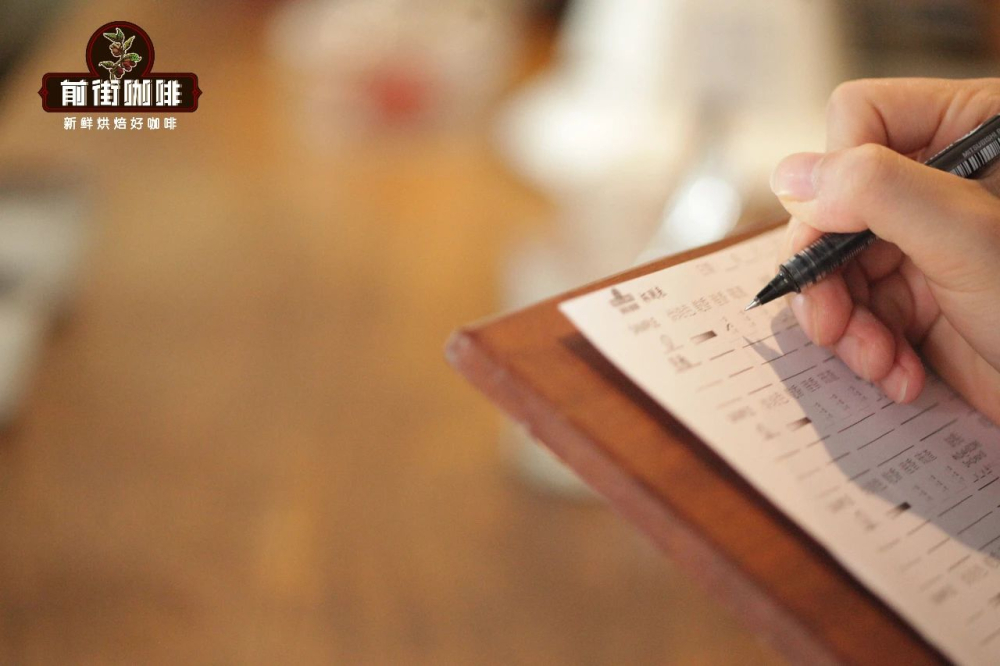
Through the cup test in Qianjie, it is found that the rose summer coffee beans grown at high altitude, no matter which method is treated, always show charming floral aroma, bright citrus acidity and Oolong / Tieguanyin tea. While Huakui coffee bean is a native variety of Ethiopia in the sun, the sun treatment increases the sense of fermentation and sweetness for the coffee bean, and increases the full sweetness while retaining the rich flower and fruit aroma of the original variety. Huakui coffee has the aroma of berry / tropical fruit & sweet and sour juice, and the aftertaste is sweet and sour with oolong tea.
The suggestion of cooking in Qianjie
Filter cup: V60 water temperature: 91-92 ℃ powder quantity: 15g powder water ratio: 1:15 Grinding degree: fine sugar size (No. 20 sieve bowl sieve powder to 80%)
Three-stage extraction: the first stage is steamed with 30g water for 30 seconds, evenly injected around the circle to form a drum, the second stage is injected with 95g hot water, the powder layer is reduced to half, and the third stage 100g is injected until all the coffee is filtered. Pay attention to the center point to start water injection, the whole process of small flow soft circle, to avoid uneven extraction. Finally, after the coffee drops have been filtered, shake it gently first, and then you can taste the flavor of rose summer from the high temperature.
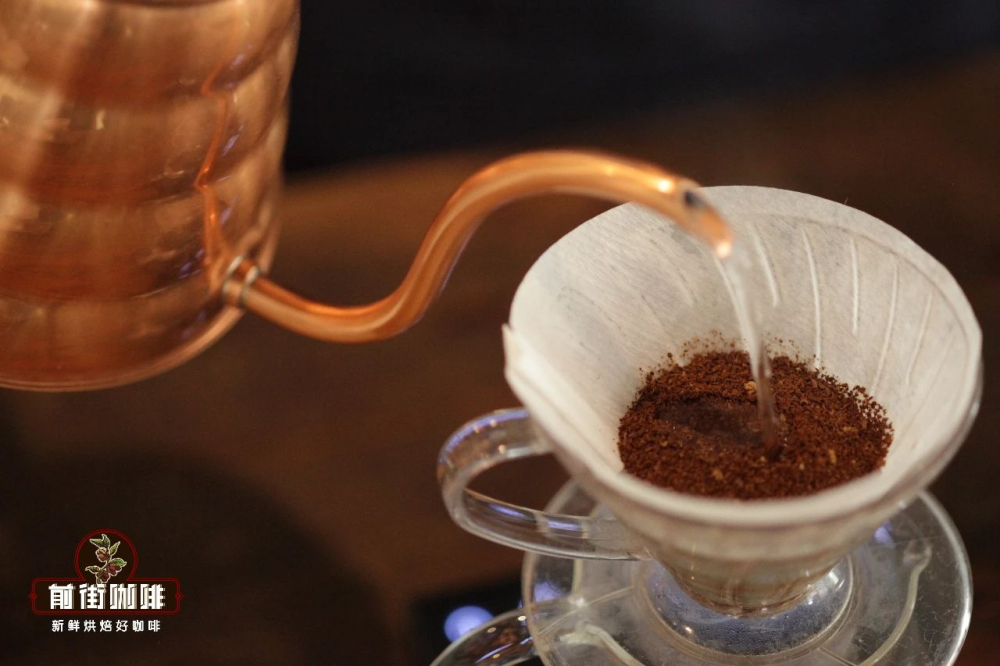
Professional coffee knowledge exchange more coffee bean information please follow the coffee workshop (Wechat official account cafe_style)
For more boutique coffee beans, please add private Qianjie coffee on Wechat. WeChat account: qjcoffeex
Important Notice :
前街咖啡 FrontStreet Coffee has moved to new addredd:
FrontStreet Coffee Address: 315,Donghua East Road,GuangZhou
Tel:020 38364473
- Prev

Brief introduction of Panamanian Flower Butterfly how to drink Panamanian Coffee is correct
Professional coffee knowledge exchange more coffee bean information please follow the coffee workshop (Wechat official account cafe_style) front street coffee introduction-Panama Flower Butterfly Panama is a Central American country, bordered by Costa Rica to the west and Colombia to the east. Anyone who knows anything about individual coffee should know that Panamanian coffee is known as Geisha (the name of Rosa), a geisha at the Jade Manor.
- Next
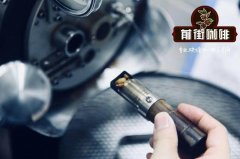
Hand-brewed rose summer coffee is good to drink? Emerald Manor rose summer and rose summer village rose summer flavor characteristics contrast difference
Professional coffee knowledge exchange More coffee bean information Please pay attention to Coffee Workshop (Weixin Official Accounts cafe_style) Front Street Coffee Introduction-The species of Geisha was discovered in Ethiopia's Guisha Forest in 1931 and later sent to the Coffee Research Institute in Kenya.
Related
- Beginners will see the "Coffee pull flower" guide!
- What is the difference between ice blog purified milk and ordinary milk coffee?
- Why is the Philippines the largest producer of crops in Liberia?
- For coffee extraction, should the fine powder be retained?
- How does extracted espresso fill pressed powder? How much strength does it take to press the powder?
- How to make jasmine cold extract coffee? Is the jasmine + latte good?
- Will this little toy really make the coffee taste better? How does Lily Drip affect coffee extraction?
- Will the action of slapping the filter cup also affect coffee extraction?
- What's the difference between powder-to-water ratio and powder-to-liquid ratio?
- What is the Ethiopian local species? What does it have to do with Heirloom native species?

